- About us
- Support the Gallery
- Venue hire
- Publications
- Research library
- Organisation chart
- Employment
- Contact us
- Make a booking
- Onsite programs
- Online programs
- School visit information
- Learning resources
- Little Darlings
- Professional learning
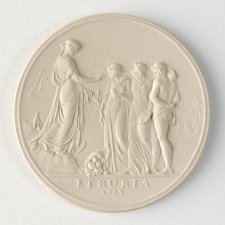
In recent years I have become fascinated by the so-called Sydney Cove Medallion (1789), a work of art that bridges the 10,000-mile gap between the newly established penal settlement at Port Jackson and the beating heart of Enlightenment England.
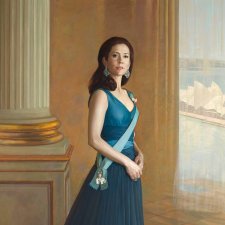
The Chairman, Board, Director and all the staff of the National Portrait Gallery mourn the loss of our Benefactor, Mary Isabel Murphy.
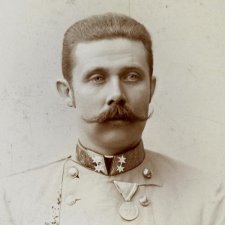
The immediate chain of events that led to the outbreak of the First World War began 100 years ago on June 28.
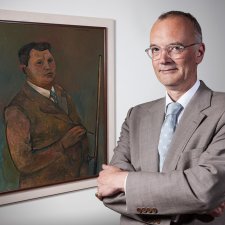
In Persuasion (1818), a long walk on a fine autumn day affords Anne Elliot an opportunity to ruminate wistfully and at great length upon declining happiness, youth and hope.
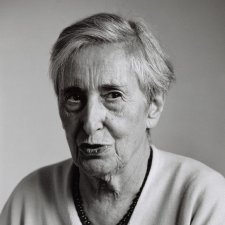
I first knew Dr. Hoff when in 1986, long after retiring from the National Gallery of Victoria, she taught a graduate seminar on Rembrandt.
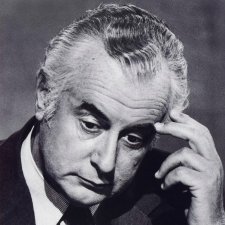
On the day before the Hon. E. G. Whitlam, AC, QC, died last month, at the great age of 98, there were seven former prime ministers of Australia still living, plus the incumbent Mr. Abbott – eight in all.

I agonized over the choice of four songs to take with me to the ABC Studios for Alex Sloan’s Canberra 666 afternoon program, a sort of iteration of the old BBC Desert Island Discs.

Last Sunday I had the privilege of appearing at the Canberra Writers’ Festival in conversation with Julia Baird. The subject of our session was Julia’s recent biography, Victoria the Queen: An Intimate Biography of the Woman who Ruled an Empire.
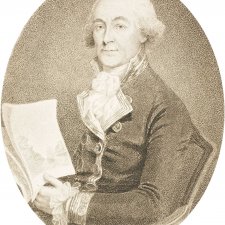
I have been reading systematically through the ads in the earliest issues of the Sydney Gazette and New South Wales Advertiser, such a rich vein of information about certain aspects of daily life in Regency Sydney.
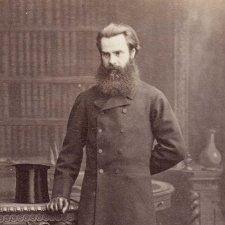
Tennyson's Enoch Arden was inspired by a story that Thomas Woolner passed on to him – but whose story and of whom?
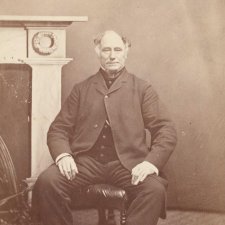
To celebrate his family bicentenary, Malcolm Robertson looks at the portraiture legacy left by his ancestors.
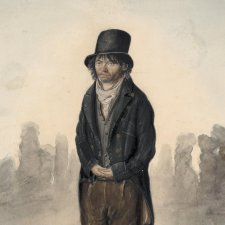
Those of you who are active in social media circles may be aware that through the past week I have unleashed a blitz on Facebook and Instagram in connection with our new winter exhibition Dempsey’s People: A Folio of British Street Portraits, 1824−1844.
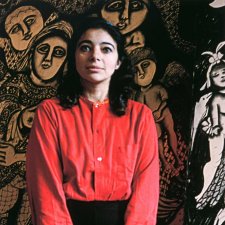
Faith Stellmaker shares pioneering artist and restaurateur Mirka Mora’s lasting legacy on Melbourne’s art, dining and culture.
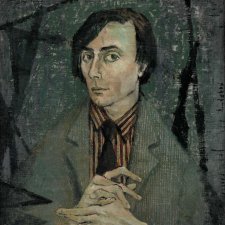
In their own words lead researcher Louise Maher on the novel project that lets the Gallery’s portraits speak for themselves.
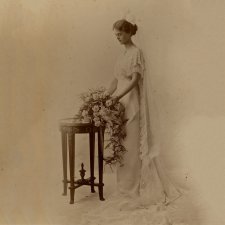
Where do we draw a line between the personal and the historical? Although she died in Melbourne in 1975, when I was not quite eleven years old, I have the vividest memories of my maternal grandmother Helen Borthwick.
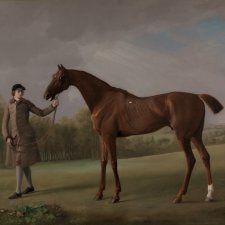
One of the chief aims of George Stubbs, 1724–1806, the late Judy Egerton’s great 1984–85 exhibition at the Tate Gallery was to provide an eloquent rebuttal to Josiah Wedgwood’s famous remark of 1780: “Noboby suspects Mr Stubs [sic] of painting anything but horses & lions, or dogs & tigers.”